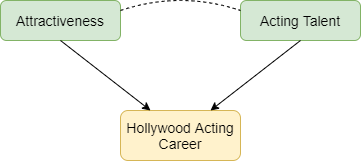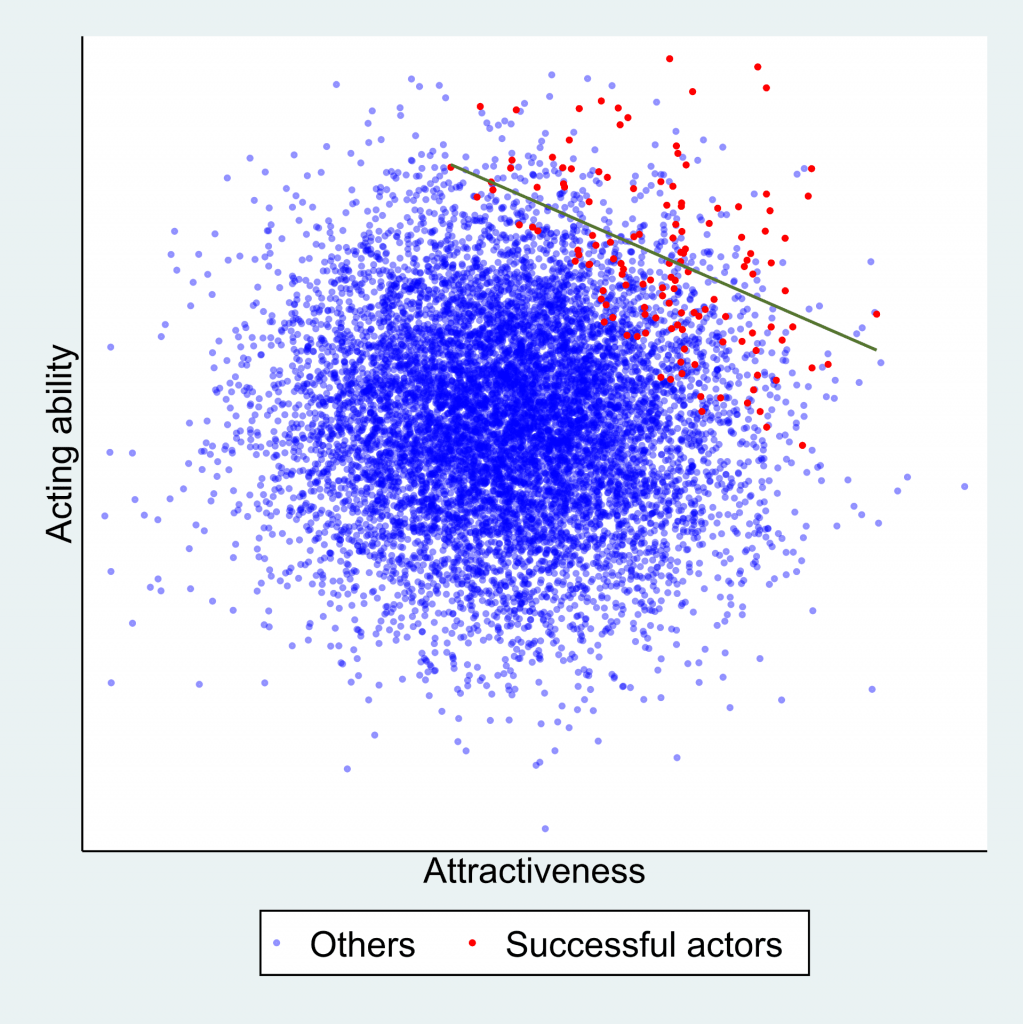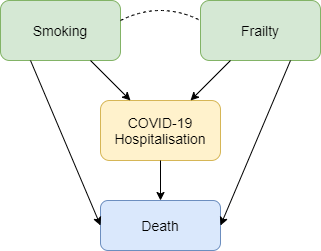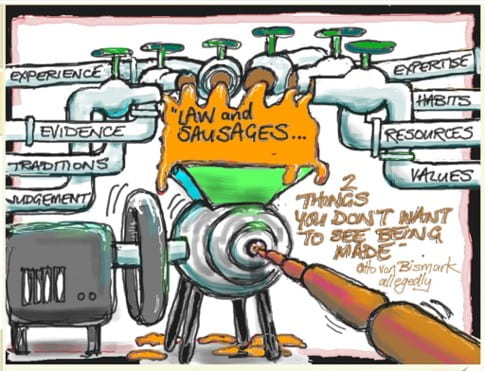

 Sarah Lewis, Marcus Munafo and George Davey Smith
Sarah Lewis, Marcus Munafo and George Davey Smith
We have previously written about the limited risk posed to pupils, teachers and the community by schools being open during the Covid19 pandemic. Schools have now been open for almost a full academic term (3 months), so it is time to take another look at the evidence.
School re-openings have coincided with an increase in Covid19 infection rates across all UK nations. This rise in infection rates was anticipated, given the annual pattern of rising respiratory infections in the autumn term. There was also a rapid increase in Covid19 testing rates as children returned to school and presented with mild symptoms. Rates of positivity among children were very low at first, but a rise was observed over the autumn. This corresponded with an increase in rates among adults, and there seems to be a strong correlation between Covid19 positivity in schools and rates in the local community.
But has transmission of Covid19 in schools driven the second wave? And should schools be closed again to reduce infection in the community?
This post argues that there is little case for closing schools, as
- Schools don’t seem to drive transmission in the community
- The risk of the virus to most school children is very low
- The harms of school closures are wide ranging.

Infection rates among children have been low
Since September children with COVID19 symptoms have been asked to stay at home and have a test before returning to school. Tests equating to 10% of the school pupil population were carried out during first half term in Scotland; only 0.2% of pupils tested positive during this period. Similarly high volumes of testing have been carried out in Wales, but only 0.6% of pupils tested positive between 1st September and 9th December 2020. Pupils made up 3.5% of cases in Wales over that period, despite making up 16% of the population.
However, the weekly Covid19 incidence among 12-16 year olds in Wales was similar to the national average for the week ending 9th December 2020, suggesting a change in the age demographic of cases.
Transmission levels in school have been low
It is unclear what proportion of children who tested positive contracted the infection in school – many children have similar social circles both in and out of school. When infections are found in schools, most schools have only 1 or 2 cases within a 2-week period (unless levels in the local community are high). This suggests low levels of transmission in schools.
Children and adults have different symptoms
Comparisons of rates of infection between children and adults should be treated with caution. Cases are diagnosed using recognised Covid19 symptoms, and are influenced by the volume of testing in the community. Younger children seem to be less likely to have symptoms – around 50% of infected children tend to be completely asymptomatic. They also may have somewhat different pattern of symptoms to adults – fatigue, gastrointestinal symptoms, and changes in sense of smell or taste, but only rarely a cough. Therefore, studies relying on symptoms in children may be unreliable.
Random testing is the best way to find out level of infection
Surveys show that while young adults had the highest levels of infection in September, secondary school pupils now have the highest rates.
Studies which test individuals at random in the community are more reliable indicators of the levels of infection among children compared to adults. The UK Office of National Statistics (ONS) infection survey has been randomly testing people from the community since early May. It showed that young adults (school year 11 to age 24) had the highest positivity rates in September. This became more pronounced in early October when universities re-opened to students. By the end of October, rates among secondary school pupils were similar to those in young adults, at around 2%. Secondary school pupils now have the highest rates. Covid19 positive rates among primary school children are about half those in secondary school children and have barely changed since the beginning of the academic year.
Infection rates among teachers
There is no evidence that teachers are more at risk of death from COVID19, and infection rates among teachers do not seem higher than other professions.
ONS data from the first wave of the COVID19 epidemic in the UK showed that teachers were not at increased risk of death from the disease compared to other professionals. Based on ONS data, during October those working in the education sector had an antibody positivity rate of 8.1% (95% CI 5.9-10.8) compared with 6.5% (95% CI 5.9-7.3) among those working in other professions. This suggests perhaps slightly higher infection rates, but this is estimated with uncertainty.
Infection positivity rates – also measured by the ONS survey – from 2nd September to 16th October showed that teachers were no more likely to test positive than other professions, although again there was a lot of uncertainty in these estimates*. The Swedish Public Health Agency have linked data on Covid19 infection to occupational data and found no increase in infection rates among teachers, although there was some evidence of an increase in infection rates among teaching assistants, school counsellor and headteachers. However, infection rates may have been inflated relative to other profession if there is increased testing among asymptomatic people in the education sector.

Could infections in schools be driving community infection rates?
The evidence suggests this is unlikely.
Infection rate increases appear to coincide with school openings, but the R-number was increasing in Scotland and England before school openings. Hospital admissions due to Covid19 had also started to rise before this point. In September, positivity rates were initially highest among young adults, not among children of school age, suggesting that perhaps infections among school children were not driving community rates. The ONS data showed infection rates levelling off over October half term, and climbing again among young adults and secondary school children after half term. However, this trend was not as marked in primary school children, and was not observed in adults, even amongst the 35-49 year age group, to which many parents of school aged children belong. Another study of community-based testing – the REACT-1 study – found a greater decrease in infections among younger children compared with older children following the October half term holiday, but again there was a lot of uncertainty in this estimate.
Contact mixing patterns show that people tend to have the most contacts within the same age group, followed by the age group closest to them. Children have more opportunities to pass on the infection to other children and young adults, and are not significantly influencing rates in older adults.
The current R-number in England is currently estimated to be slightly below 1 despite schools being open. This shows that it is possible to drive down infection rates in the community whilst keeping schools open. Furthermore, when everything else but schools are closed – such as in the case of the national lockdown which occurred in England in November, school children will have more contacts than anyone else and schools will contribute to relatively more transmissions in the community even if transmission rates are low overall.
Closing schools is not the answer
Rates have recently fallen among adults in England, despite schools remaining open and secondary school rates increasing. The evidence suggests low levels of virus transmission within schools. First Minister of Wales Mark Drakeford recently said that behavioural evidence suggests closing schools could place some children “in even riskier environments”. Children being looked after by their grandparents rather than being in school would be more dangerous in terms of the virus being transmitted to a higher risk group.
Any public health intervention should consider the costs as well as the benefits. We know that school closures have wide ranging adverse consequences for children and families as outlined by UNESCO, and such costs are particularly pronounced for the poorest and most vulnerable children in society. Children:
- who do not have access to technology to participate in online learning
- whose parents who do not have the resources or the educational background to help
have been shown to fall further behind following school closures. Evidence suggests that children’s mental health deteriorated during the first lockdown, and that vulnerable children were at greater risk of violence and exploitation. School closures can also cause economic hardship due to parents being unable to work. This has prompted Robert Jenkins Global Chief of Education at UNICEF to issue a statement over the last few days saying:
“Evidence shows that schools are not the main drivers of this pandemic. Yet, we are seeing an alarming trend whereby governments are once again closing down schools as a first recourse rather than a last resort. In some cases, this is being done nationwide, rather than community by community, and children are continuing to suffer the devastating impacts on their learning, mental and physical well-being and safety”.
If schools being open are not major drivers of transmission in the community (which they don’t appear to be), given that the risk of the virus to most school children is very low, there is very little case for closing them given the potential harm this could cause.
Footnote: Secondary schools in Wales were closed early for Christmas on the 11th December 2020
*(estimates ranged from 0.2% (95%CI=0.07-0.53) for primary school teachers to 0.5% teachers of unknown type (95% CI=0.36-0.69) compared with 0.4% (95%=0.39-0.49) for all other professions)





